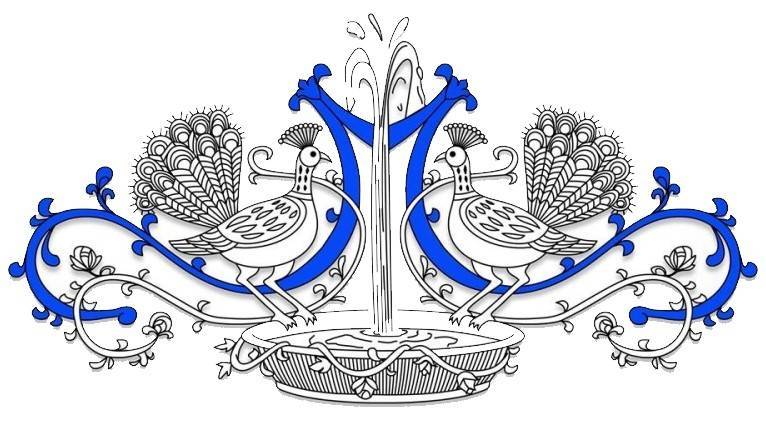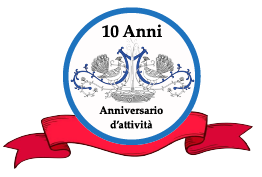Mount Olympus on Mars, the great red spot on Jupiter, Saturn’s spectacular rings and the frozen immensity of Neptune and Uranus are now all behind us. ‘New Horizon’ the space-probe launched by Nasa on January 19, 2006, continues unnoticed on its journey in the discovery of the solar system. In silence and in total darkness. If we had to be on board, the sun would appear to us as a distant dot in the sky, just slightly more brighter than the other stars of the heavens.
And planet earth would appear as a blue speck of dust. But what is the mission of this small, engineering prodigy (as compared to the vastness of the universe? Not all are aware, but behind ‘New Horizon’ lurks the question around which has been the debating issue of astronomers for almost 10 years: Pluto’s true nature. Can it be considered a real planet? This is the query that has been discussed following the discovery of other celestial bodies similar in characteristics , the last to be discovered (its discovery dates back to 1930) the tiniest of all and was dismissed as a tiny planet of no importance.
It was the 13 August 2006, and the decision of the IAU, (International Astronomical Union) changed the course of history of this distant land, which was first observed by the American Clyde W. Tombaugh. Since then, Pluto has developed into a truly National case. Needless to say that in in 2009 the State of Illinois (iwhere Tombaugh was born) has submitted an official request for it to be returned to its original status.
Not only, 13th March 2009 was proclaimed as “Pluto Day” that has brought to the street dozens of people, to raise the awareness of the scientific community. And how can one not think of Sheldon Cooper (the theoretical physicist, leading personalità on the hit sitcom “The Big Bang Theory”) who does not cease to reiterate his personal fondness for this tiny body? An unexpected movement that has brought the issue to life again
The most recent came up last week. The Harvard-Smithsonian Center for Astrophysics has decided to review the ruling of the IAU by hosting a discussion on the definition of planet. Guest speakers on the forum were: Owen Gingerich, who chaired the Committee on the debate for the definition of planets within the IAU; Gareth Williams of Minor Planet Center. and Dimitar Sasselov of the Harvard Origins of Life Initiative. But the day of truth for Pluto does not lie far ahead. 14th July 2015 New Horizon is supposed to be flying over it, analyse it and be sending back to earth the results
The examination of the data will determine whether Pluto can earn back the title of the last planet (in position) in the solar system. Predominantly made up of gases methane, argon, nitrogen, carbon monoxide and oxygen, this planet has an uneven surface made up of iced-water and methane. It has five known satellites, the largest and most important of which is Charon, discovered in 1978, and has a radius that goes slightly over half the extension of Pluto. In order for it to be recognized as a planet according to the Iau, Pluto should orbit the Sun and have a mass that will give it a spherical shape winning over rigid body forces. It should also be predominant in its orbiting belt and clean of any small objects that it may have attracted to itself by englobing them.










